of octafoil mallow shape, the steep sides with sharp indentations and the everted rim with raised lip of corresponding outline, painted in a deep cobalt blue under a brilliant glaze with a scene of a scholar seated on a stool under a pine tree in a garden surrounded by flowers, shrubs, rocks and a balustrade, his long fingernail pointing towards a young attendant who may be bringing a book, the sun overhead partly hidden by clouds, the inner sides with similar scenes in eight panels, four of them showing the scholar seated on the ground and the boy bringing a bottle, the rim with matching figure scenes in a continuous landscape setting, and the outside with alternating lotus and lingzhi sprays and a foliate-scroll border under the rim, the footring and base unglazed and covered with a brown dressing, save for the recessed centre glazed and inscribed with the six-character reign mark.
Provenance: Su Lin An Collection.
Sotheby's Hong Kong, 31st October 1995, lot 321.
Exhibited: Chūgoku tōji Gen Min meihin ten/Exhibition of Yüan and Ming Ceramics, Japan Ceramic Society at the Tokyo National Museum, Tokyo, 1956, cat. no. 48 (illustrated).
Chūgoku Min Shin bijutsu ten mokuroku/Chinese Arts of the Ming and Ch'ing Periods, Tokyo National Museum, Tokyo, 1963, cat. no. 310 (illustrated).
Evolution to Perfection. Chinese Ceramics from the Meiyintang Collection/Evolution vers la perfection. Céramiques de Chine de la Collection Meiyintang, Sporting d'Hiver, Monte Carlo, 1996, cat. no. 134 (illustrated)
Literature: Fujioka Ryoichi and Hasebe Gakuji, eds, Sekai tōji zenshū/Ceramic Art of the World, vol. 14, Tokyo, 1976, col. pl. 203.
Sotheby's. Thirty Years in Hong Kong, Hong Kong, 2003, pl. 257.
Regina Krahl, Chinese Ceramics from the Meiyintang Collection, London, 1994-2010, vol. 4, no. 1698.
Note: The Wanli period has been characterized by Charles O. Hucker as 'a vigourous, creative, productive, and exploratory age', even though the Emperor devoted little attention to state affairs himself (L. Carrington Goodrich and Chaoying Fang, Dictionary of Ming Biography 1368-1644, New York and London, 1976, p. 325). The same could be said for the powerful style of Jingdezhen's production in the Wanli period, which is superbly reflected in this basin. With its accentuated mallow form with sharp indentions, its free, self-assured painting style, and its deep and intense cobalt blue, it presents an emphatic statement of the potters and reflects a period in China's history very different from that of the early Ming.
No other blue and white basin of this design appears to be recorded, but a closely related example with a different figure scene is in the Palace Museum, Beijing, see The Complete Collection of Treasures of the Palace Museum. Blue and White Porcelain with Underglazed Red, Shanghai, 2000, vol. 2, pl. 189. The design is also known in a polychrome version, with the central attendant carrying a wine bottle; one such basin from the Ataka collection in the Museum of Oriental Ceramics, Osaka, is illustrated in Fujioka and Hasebe, op.cit., col. pl. 104; another from the collection of Allen L. Lewis and the Estate of Henry C. Schwab, was sold in our New York rooms, 2nd/3rd February 1944, lot 415. Compare also a polychrome basin of this form with a different figure scene, depicting Wang Xizhi with two attendants carrying geese, excavated in Beijing, and illustrated next to the present piece in Fujioka and Hasebe, op.cit., col. pl. 204.
Sotheby's. The Meiyintang Collection - An Important Selection of Imperial Chinese Porcelains, Hong Kong, 07 Apr 2011

/https%3A%2F%2Fprofilepics.canalblog.com%2Fprofilepics%2F1%2F0%2F100183.jpg)
/https%3A%2F%2Fstorage.canalblog.com%2F03%2F02%2F119589%2F96711876_o.jpg)
/https%3A%2F%2Fstorage.canalblog.com%2F11%2F31%2F119589%2F94773502_o.jpg)
/https%3A%2F%2Fstorage.canalblog.com%2F20%2F83%2F119589%2F94772815_o.jpg)
/https%3A%2F%2Fstorage.canalblog.com%2F26%2F72%2F119589%2F75604929_o.jpg)
/https%3A%2F%2Fstorage.canalblog.com%2F59%2F60%2F119589%2F26458628_o.jpg)
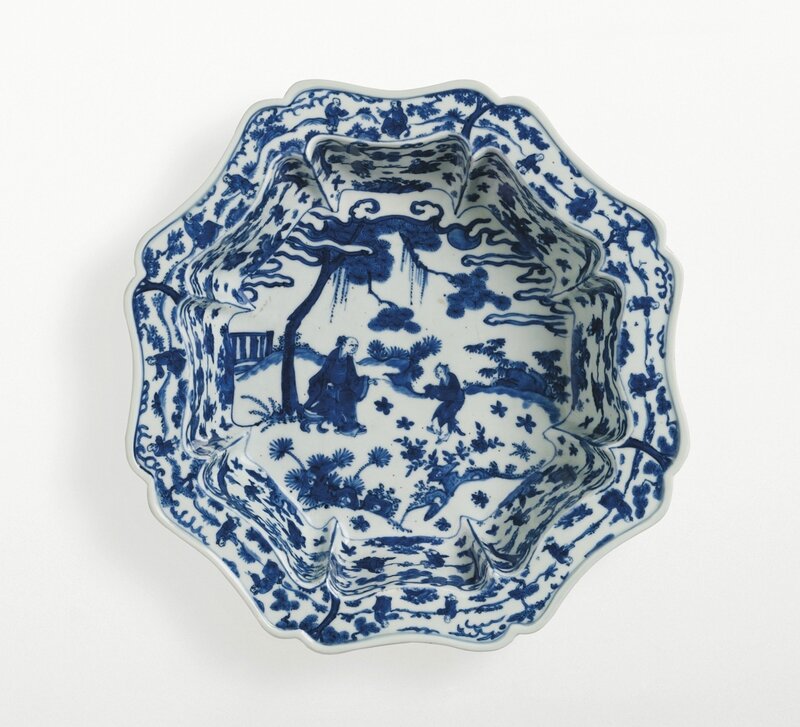
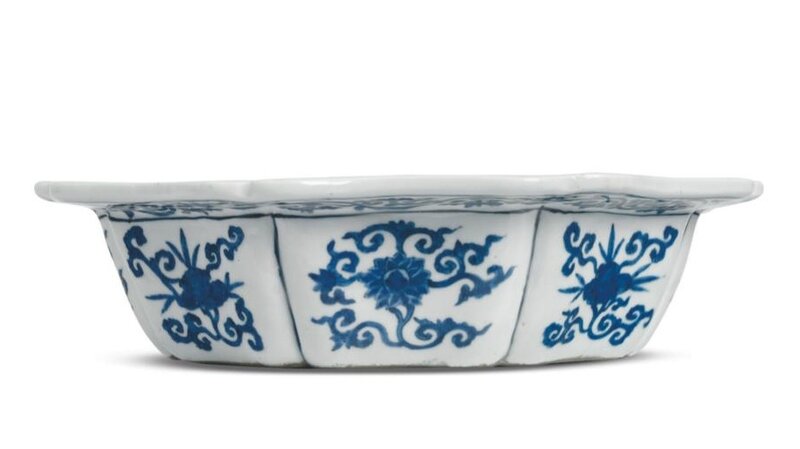
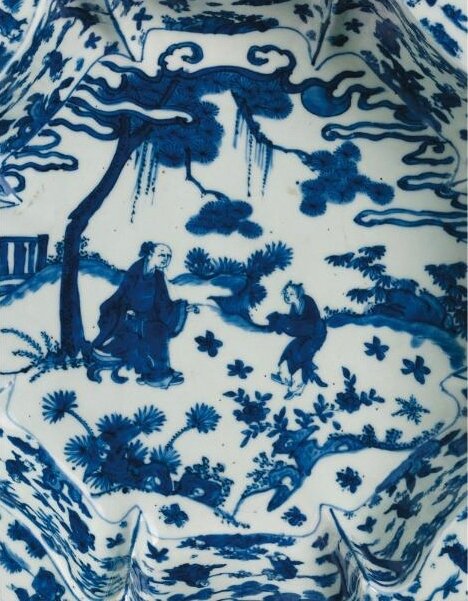

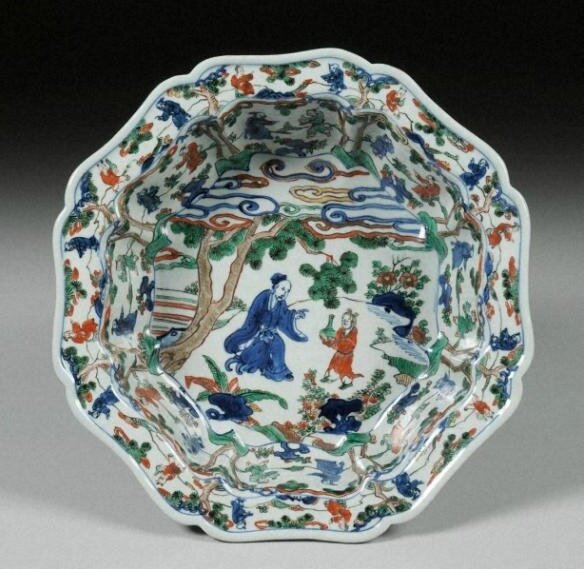
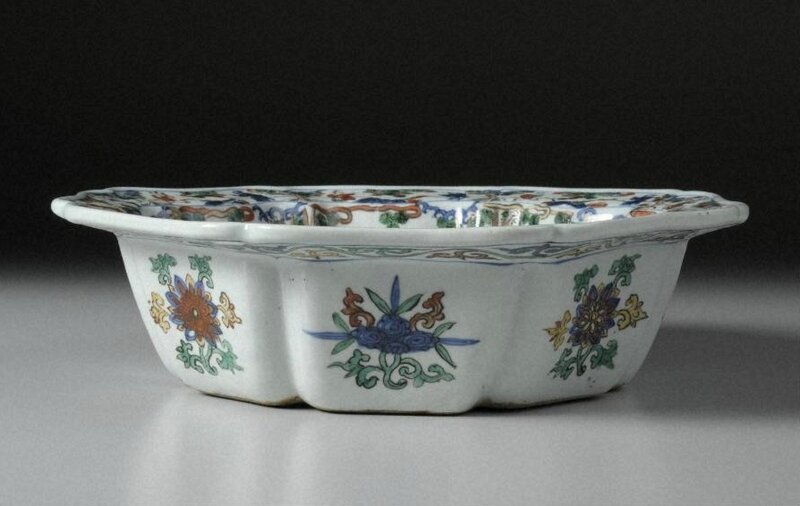
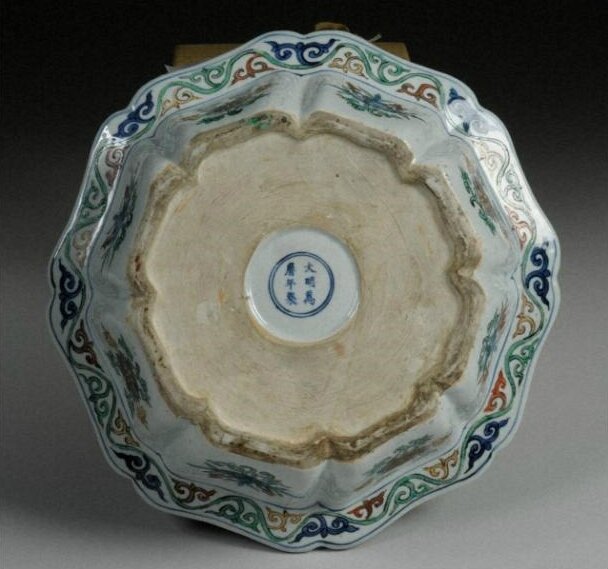


/image%2F1371349%2F20240522%2Fob_4912c2_telechargement-3.jpg)
/image%2F1371349%2F20240522%2Fob_38f239_telechargement.jpg)
/image%2F1371349%2F20240512%2Fob_1b86bd_telechargement-12.jpg)
/image%2F1371349%2F20240512%2Fob_2e1ec7_telechargement-7.jpg)